Home>Gardening & Outdoor>Landscaping Ideas>What Are Purple Flowers In Grass
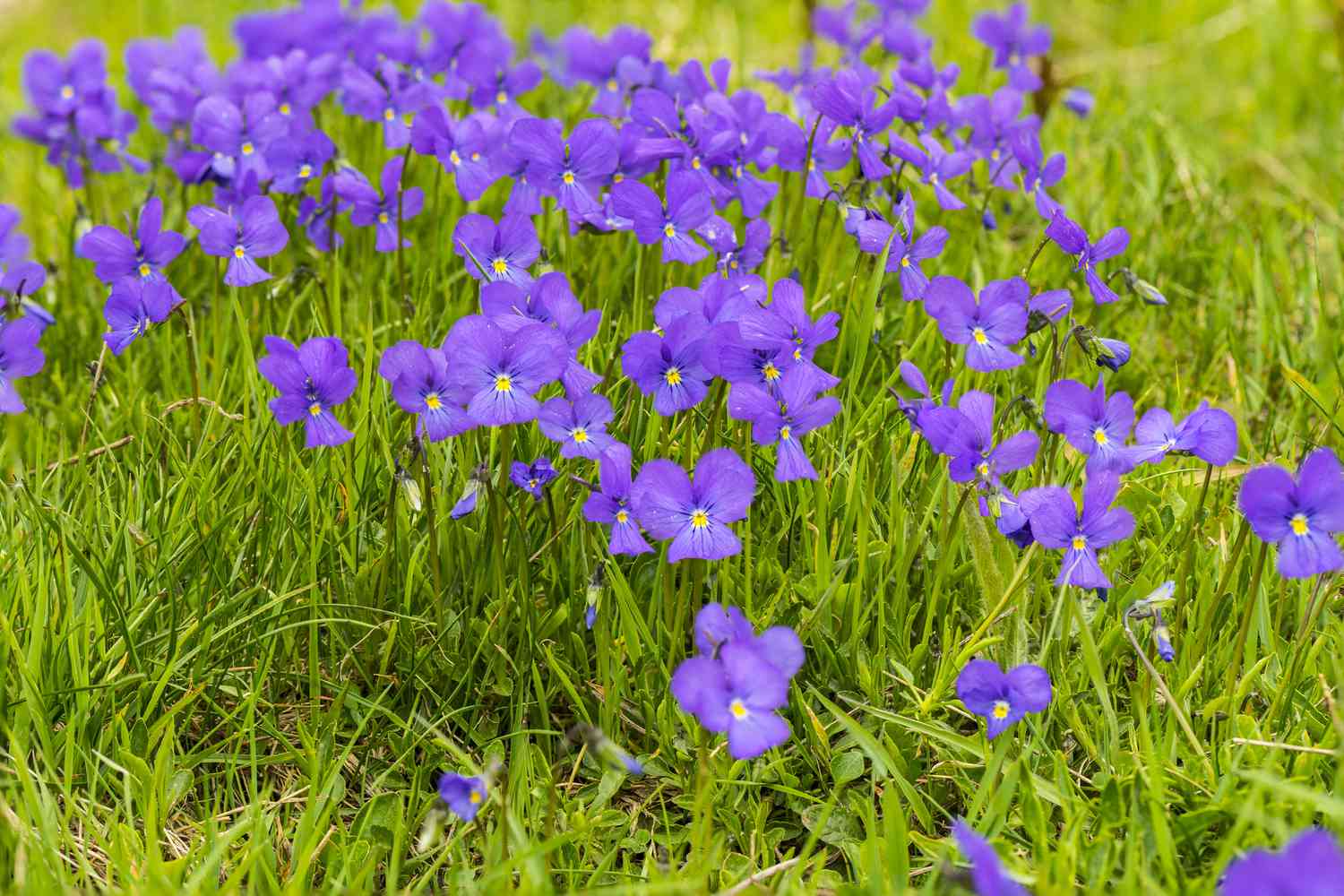

Landscaping Ideas
What Are Purple Flowers In Grass
Modified: March 25, 2024
Discover landscaping ideas with purple flowers in grass to enhance your outdoor space. Learn how to incorporate these colorful blooms into your garden design.
(Many of the links in this article redirect to a specific reviewed product. Your purchase of these products through affiliate links helps to generate commission for Storables.com, at no extra cost. Learn more)
Introduction
When it comes to landscaping, the presence of vibrant and captivating colors can transform an ordinary lawn into a breathtaking display of natural beauty. Among the myriad of hues that grace the landscape, purple holds a special allure. The enchanting allure of purple flowers nestled within the lush greenery of grass evokes a sense of tranquility and elegance.
From delicate lavender blooms to bold violet blossoms, the spectrum of purple flowers that can flourish within grass is truly remarkable. In this article, we will delve into the world of purple flowers in grass, exploring the various types, their importance, and how to care for them. Whether you’re a gardening enthusiast or simply appreciate the aesthetic appeal of a well-manicured lawn, understanding the nuances of purple flowers in grass can elevate your landscaping endeavors to new heights.
Key Takeaways:
- Purple flowers like lavender, salvia, and iris add beauty and attract pollinators to your lawn, supporting biodiversity and creating a visually captivating outdoor space.
- Caring for purple flowers in grass involves understanding their needs, providing proper care, and creating a harmonious landscape, resulting in a thriving and enchanting natural haven.
Read more: What Is Purple Flower Weeds In Grass
Types of Purple Flowers in Grass
When it comes to adorning grassy landscapes with the alluring charm of purple flowers, there is a diverse array of options to consider. Each type of purple flower brings its own unique characteristics and visual appeal to the natural canvas of the lawn. Here are some popular varieties:
- Lavender: Known for its soothing fragrance and delicate purple spikes, lavender adds a touch of elegance to any grassy expanse. Its ability to thrive in various climates makes it a versatile choice for landscaping.
- Creeping Phlox: This low-growing perennial plant produces a stunning carpet of small, vibrant purple flowers. Its cascading growth habit makes it an ideal choice for creating a visually captivating border within the grass.
- Salvia: With its tall, spiky blooms, salvia brings a bold and striking presence to the grass. Its rich purple hues create a focal point that effortlessly enhances the overall aesthetic of the landscape.
- Iris: The regal beauty of iris flowers, with their intricate petals and deep purple tones, adds a touch of sophistication to any grassy setting. These perennial flowers are known for their resilience and longevity.
- Verbena: This trailing plant produces clusters of small, vibrant purple flowers that create a captivating contrast against the green backdrop of the grass. Its ability to spread and fill in spaces makes it a versatile choice for naturalizing areas within the lawn.
These are just a few examples of the many purple flowers that can thrive within grass, each contributing its own unique charm to the landscape. Whether you prefer the subtle allure of lavender or the bold presence of salvia, there is a purple flower variety to suit every preference and landscaping style.
Importance of Purple Flowers in Grass
The presence of purple flowers amidst the lush greenery of grass serves a multitude of purposes, each contributing to the overall health and visual appeal of the landscape. Understanding the importance of these captivating blooms can provide valuable insight into the significance of incorporating them into your outdoor spaces.
Visual Appeal: Purple flowers in grass add a pop of color that enlivens the surroundings, creating a visually captivating display that draws the eye and instills a sense of natural beauty within the landscape. The striking contrast between the purple blooms and the verdant grass creates a mesmerizing visual impact that elevates the overall aesthetic of the outdoor space.
Biodiversity and Ecosystem Support: The presence of purple flowers within the grass contributes to the biodiversity of the environment, attracting pollinators such as bees, butterflies, and hummingbirds. These vital pollinators play a crucial role in supporting the ecosystem, aiding in the reproduction of plants and ensuring the health of the natural surroundings.
Therapeutic Influence: The calming and therapeutic fragrance of certain purple flowers, such as lavender, can imbue the outdoor environment with a sense of tranquility and relaxation. The subtle aroma wafting through the air can create a serene ambiance, offering a peaceful retreat within the confines of your own lawn.
Seasonal Interest: Many varieties of purple flowers in grass bloom at different times throughout the growing season, providing ever-changing displays of color and texture. This seasonal interest adds dynamic flair to the landscape, ensuring that the outdoor space remains visually engaging and captivating year-round.
Environmental Resilience: Some purple flower varieties, such as creeping phlox, contribute to the stability and resilience of the landscape by preventing soil erosion. Their sprawling growth habit and dense root systems help anchor the soil, making them valuable contributors to the overall health of the outdoor environment.
By recognizing the importance of purple flowers in grass, you can gain a deeper appreciation for the multifaceted benefits they offer. From enhancing the visual allure of the landscape to supporting biodiversity and environmental resilience, these captivating blooms play a vital role in creating a vibrant and thriving outdoor space.
If you see purple flowers in your grass, they could be weeds like purple deadnettle or wild violets. To control them, you can hand pull or use herbicides labeled for broadleaf weeds in lawns.
How to Care for Purple Flowers in Grass
Caring for purple flowers nestled within the grass involves a combination of attentive maintenance and strategic considerations to ensure their optimal growth and visual impact. By implementing the following care practices, you can nurture these captivating blooms and create a stunning landscape that flourishes with natural beauty.
Soil and Sunlight: Understanding the specific soil and sunlight requirements of the chosen purple flower varieties is essential. Some flowers may thrive in well-draining soil with ample sunlight, while others may prefer partial shade. Tailoring the growing conditions to meet the needs of each flower type is crucial for their overall health and vitality.
Watering: Providing adequate moisture is vital for the well-being of purple flowers in grass. Regular watering, especially during dry periods, helps sustain their growth and blooming potential. However, it is important to strike a balance, as overwatering can lead to root rot and other issues. Monitoring the soil moisture and adjusting the watering frequency accordingly is key to maintaining optimal conditions.
Pruning and Deadheading: Regular pruning and deadheading of spent blooms promote the continued growth and flowering of purple flowers. Removing faded blossoms not only maintains a tidy appearance but also encourages the plants to redirect their energy into producing new blooms, prolonging the visual splendor within the grass.
Fertilization: Providing the necessary nutrients through fertilization supports the vigorous growth and vibrant blooms of purple flowers. Selecting a suitable fertilizer and applying it according to the specific needs of the plants can significantly enhance their overall health and resilience, contributing to a more robust and visually stunning display.
Companion Planting: Consider incorporating complementary plant species alongside the purple flowers to create a harmonious and balanced landscape. Selecting companion plants that thrive in similar growing conditions and complement the hues of the purple blooms can elevate the visual impact of the entire grassy area, creating a cohesive and captivating outdoor environment.
Weed Control: Maintaining a weed-free environment is essential for the well-being of purple flowers in grass. Regularly removing weeds and invasive plants helps prevent competition for resources and ensures that the focal purple blooms can flourish unhindered, maintaining their prominence within the landscape.
By implementing these care practices, you can cultivate a thriving and visually enchanting display of purple flowers within the grass, elevating the overall allure of your outdoor space and creating a captivating natural haven for both you and the surrounding ecosystem.
Conclusion
The presence of purple flowers within the expanse of grass is a testament to the captivating beauty and natural harmony that can be achieved through thoughtful landscaping. From the delicate allure of lavender to the striking presence of salvia, each variety of purple flower contributes its own unique charm to the outdoor environment, creating a visually captivating display that enchants the senses and supports the surrounding ecosystem.
Understanding the importance of purple flowers in grass goes beyond their aesthetic appeal, delving into their role in supporting biodiversity, enhancing environmental resilience, and providing therapeutic benefits. These captivating blooms serve as a testament to the interconnectedness of the natural world, attracting vital pollinators and fostering a vibrant and thriving outdoor ecosystem.
By caring for purple flowers within the grass with attentiveness and consideration, you can nurture a landscape that flourishes with color, texture, and seasonal interest. From tailored soil and sunlight conditions to strategic pruning and companion planting, the care practices employed contribute to the overall health and visual impact of the purple blooms, ensuring a landscape that exudes natural beauty and tranquility.
Whether you are a gardening enthusiast seeking to create a captivating outdoor oasis or simply appreciate the visual allure of a well-manicured lawn, the inclusion of purple flowers in grass offers a myriad of benefits that extend beyond their captivating appearance. Embracing the enchanting presence of these blooms within the grass allows for the creation of an outdoor space that not only captivates the eye but also nurtures the soul, providing a tranquil retreat amidst the splendor of nature.
Ultimately, the integration of purple flowers within the grass embodies the artistry of landscaping, infusing the outdoor environment with a sense of natural elegance and timeless beauty. By embracing the allure of these captivating blooms, you can transform your lawn into a breathtaking tapestry of color and charm, creating a space that celebrates the enchanting union of grass and purple flowers.
Frequently Asked Questions about What Are Purple Flowers In Grass
Was this page helpful?
At Storables.com, we guarantee accurate and reliable information. Our content, validated by Expert Board Contributors, is crafted following stringent Editorial Policies. We're committed to providing you with well-researched, expert-backed insights for all your informational needs.
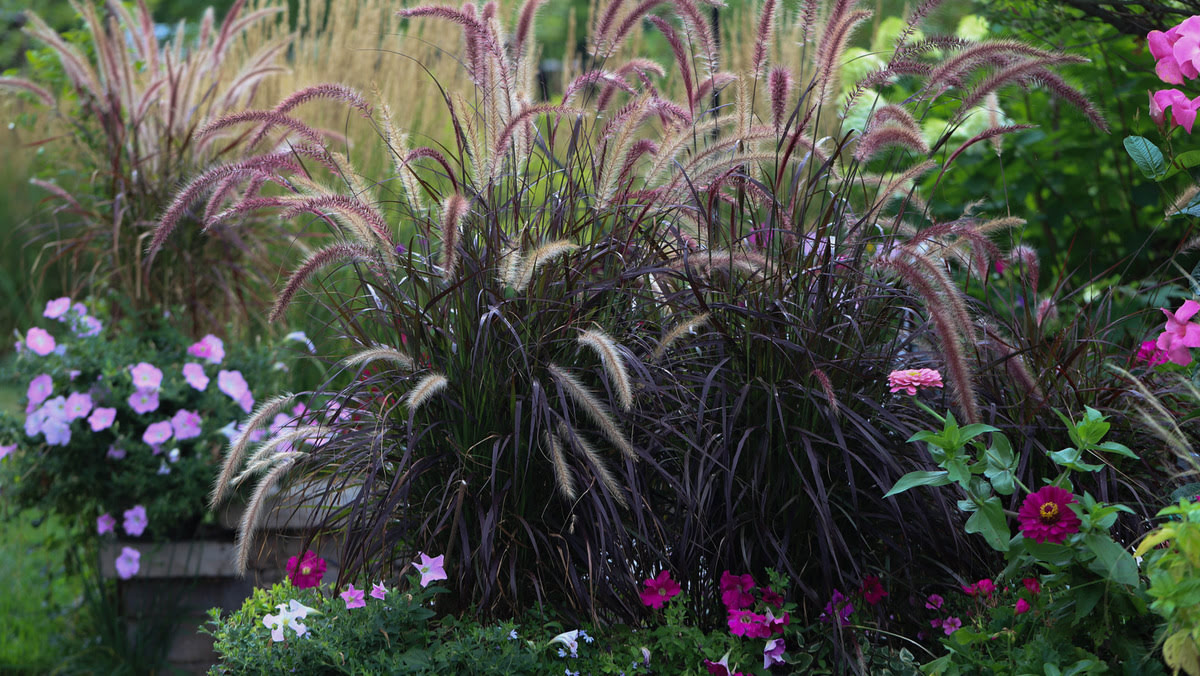
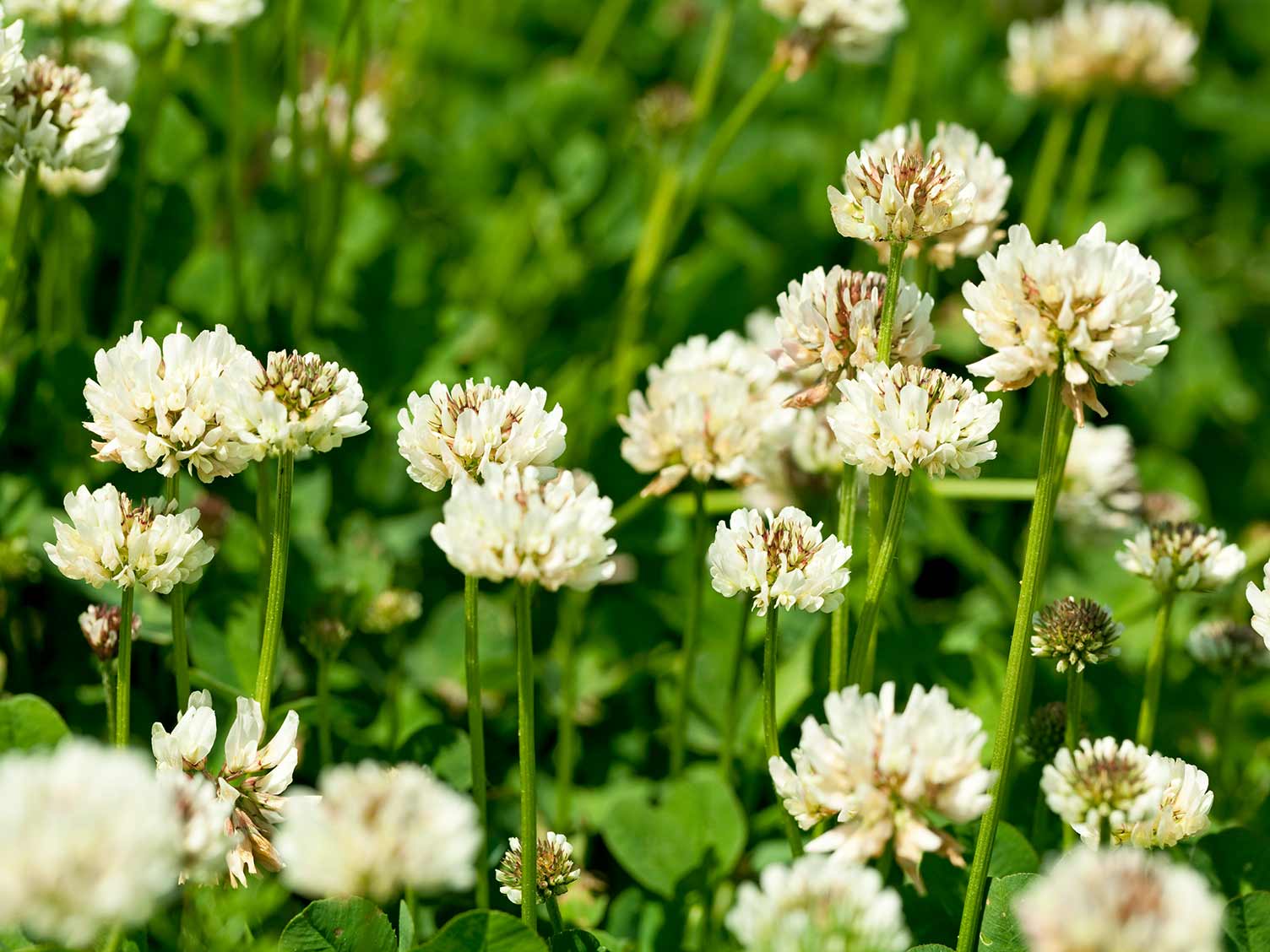
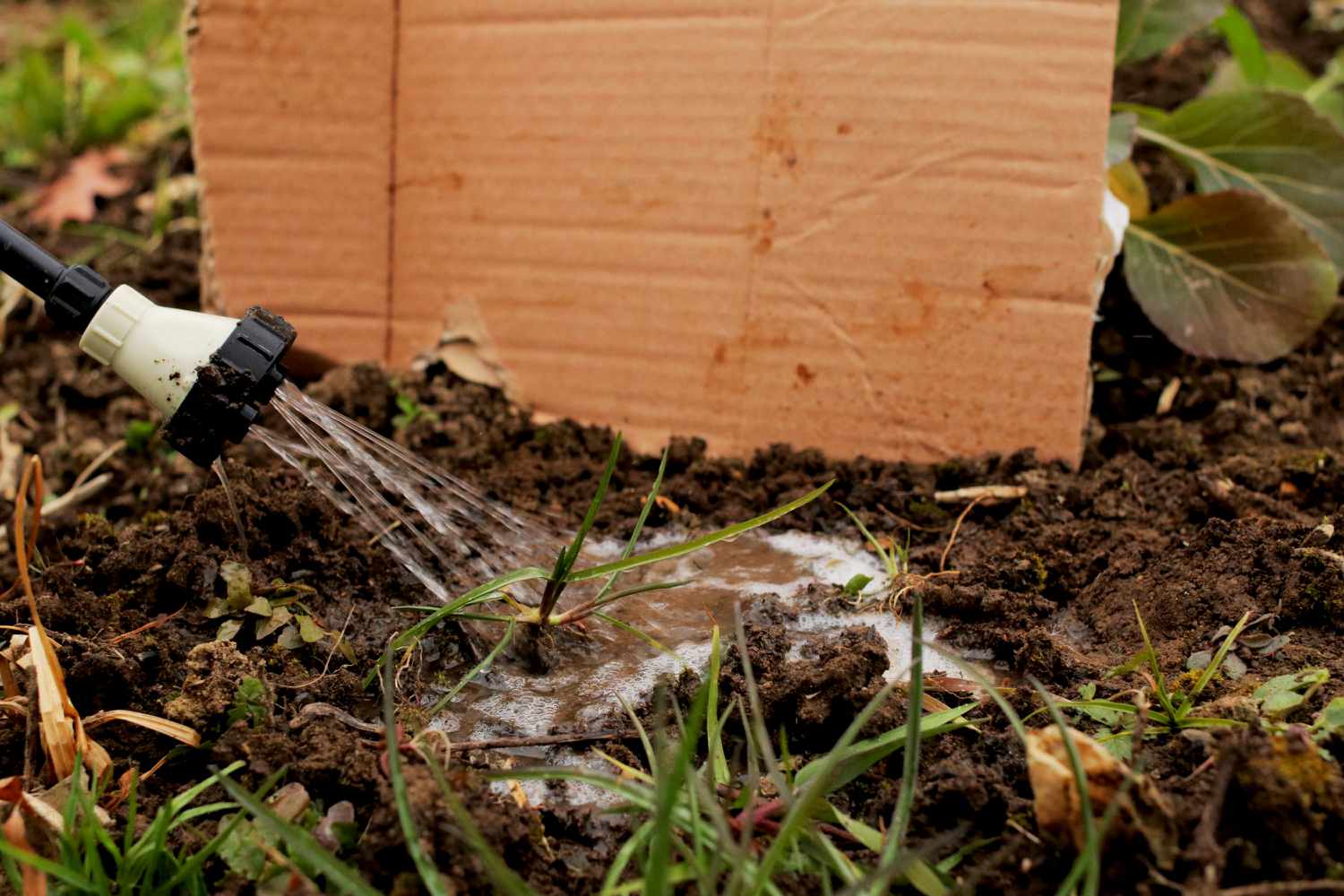
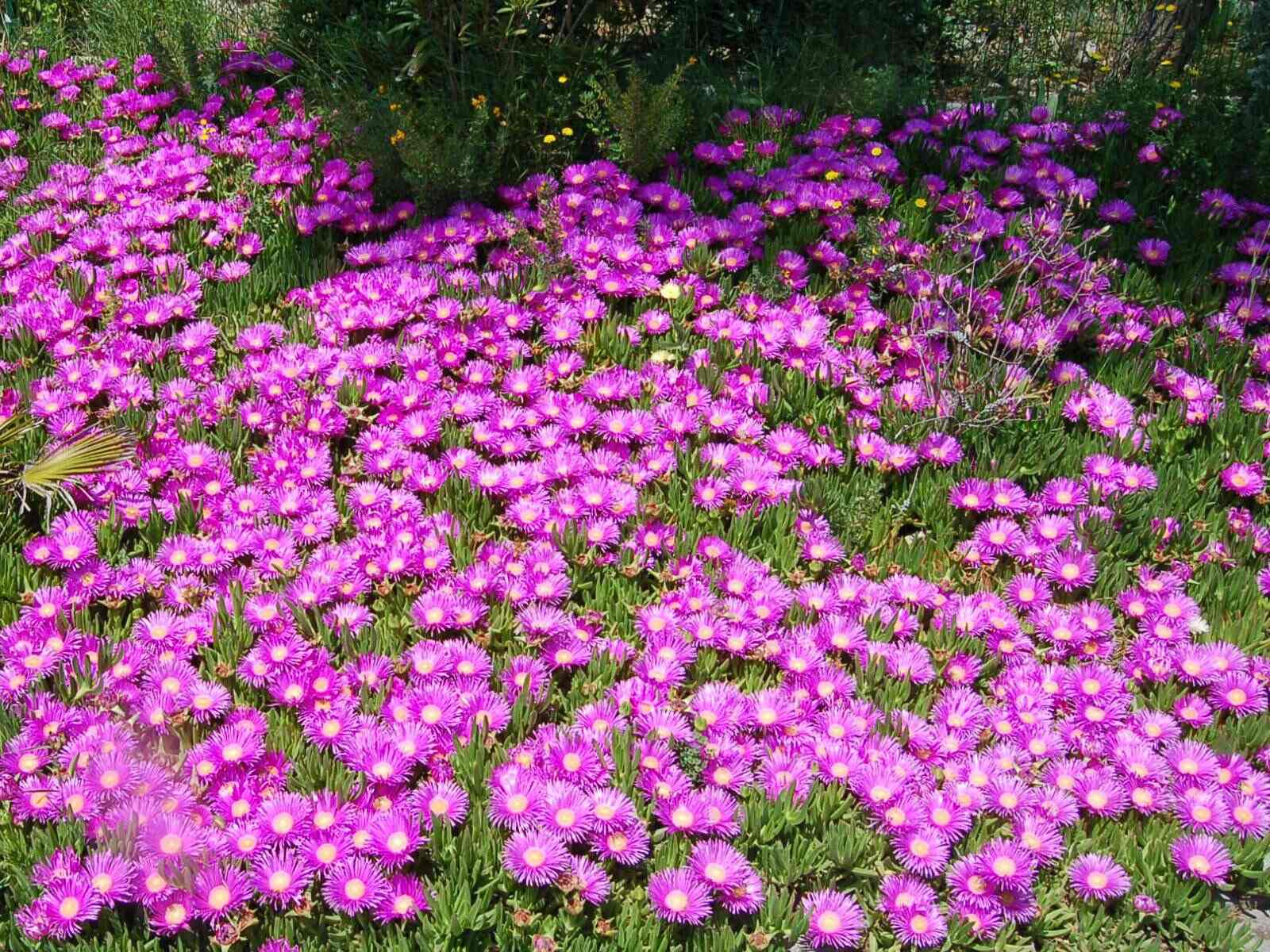
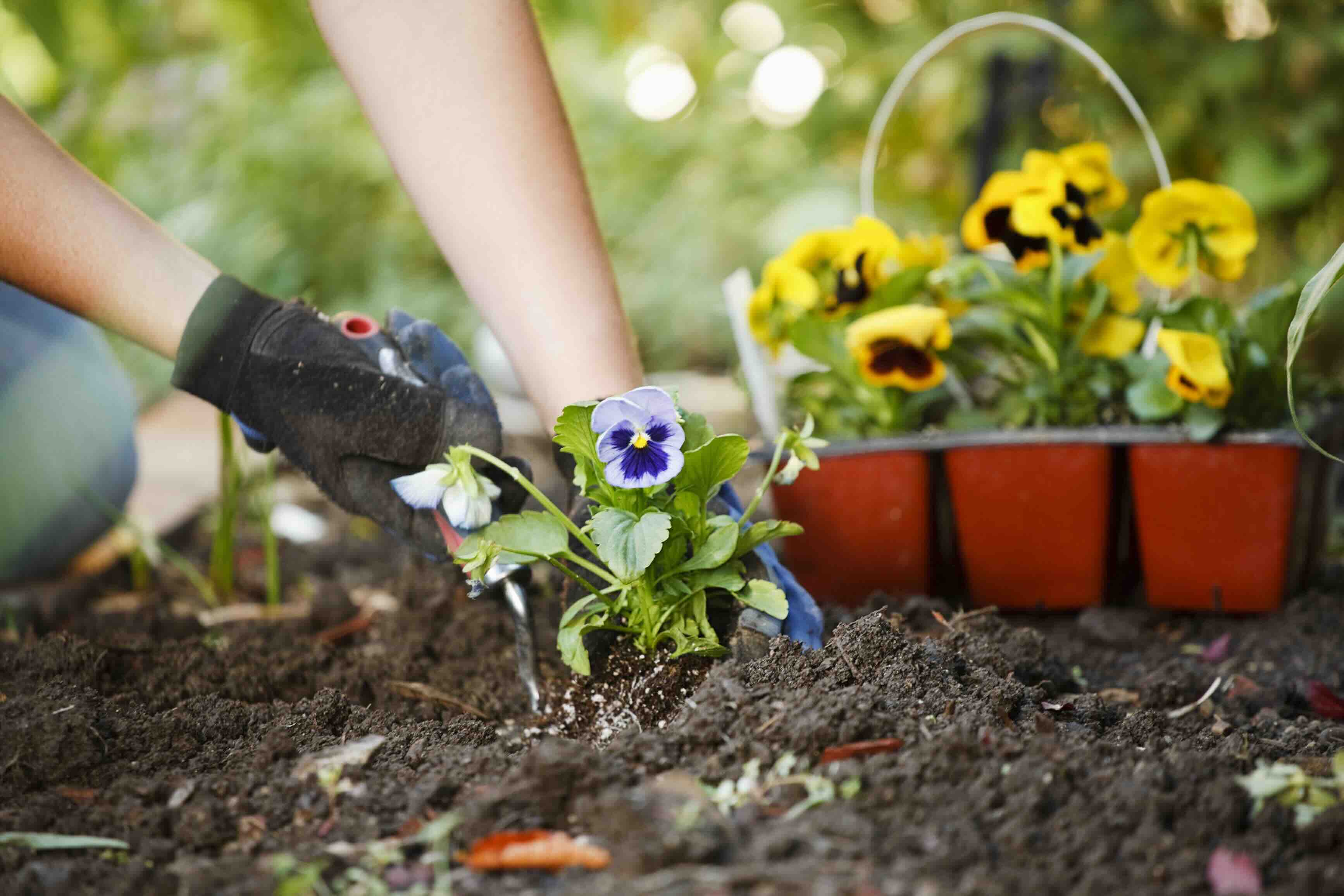
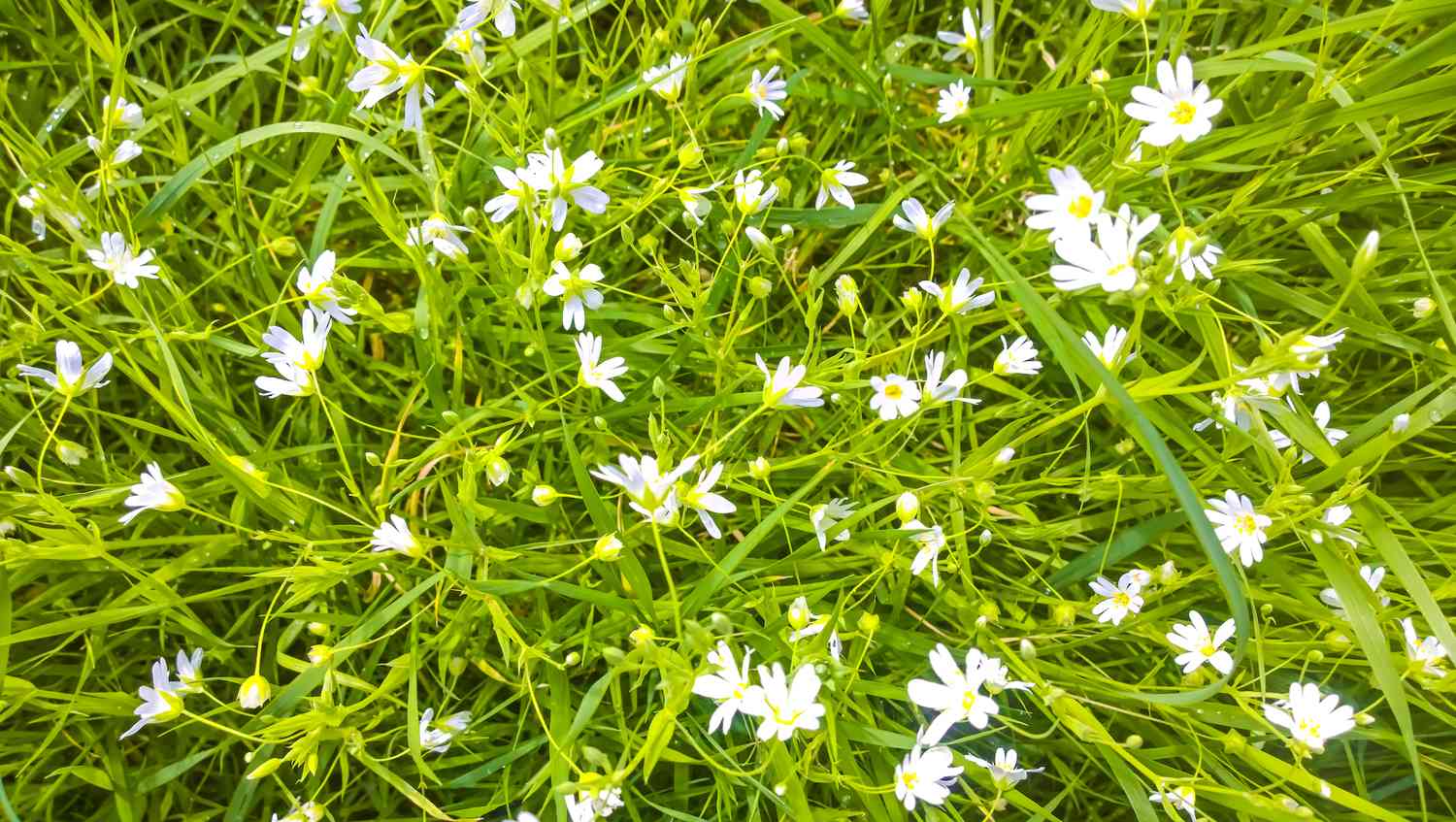
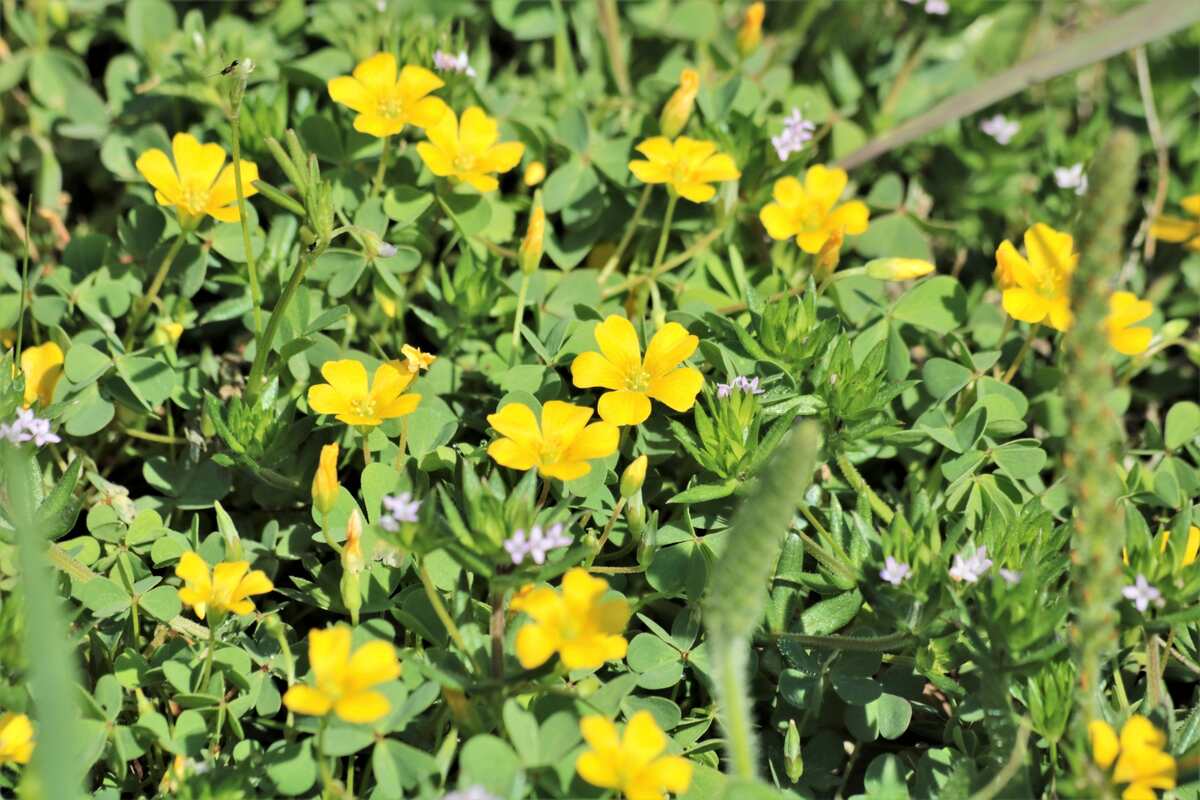
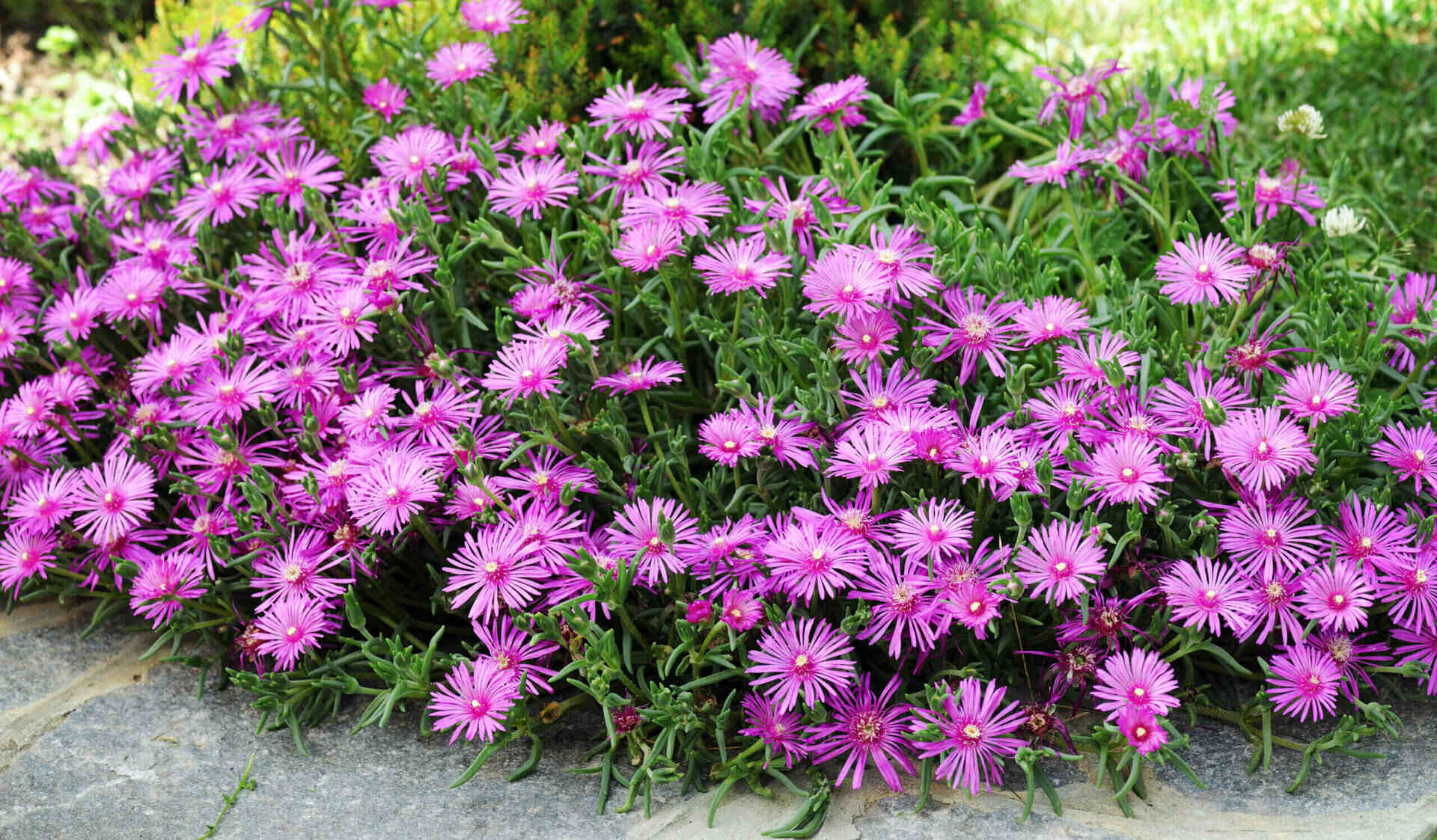
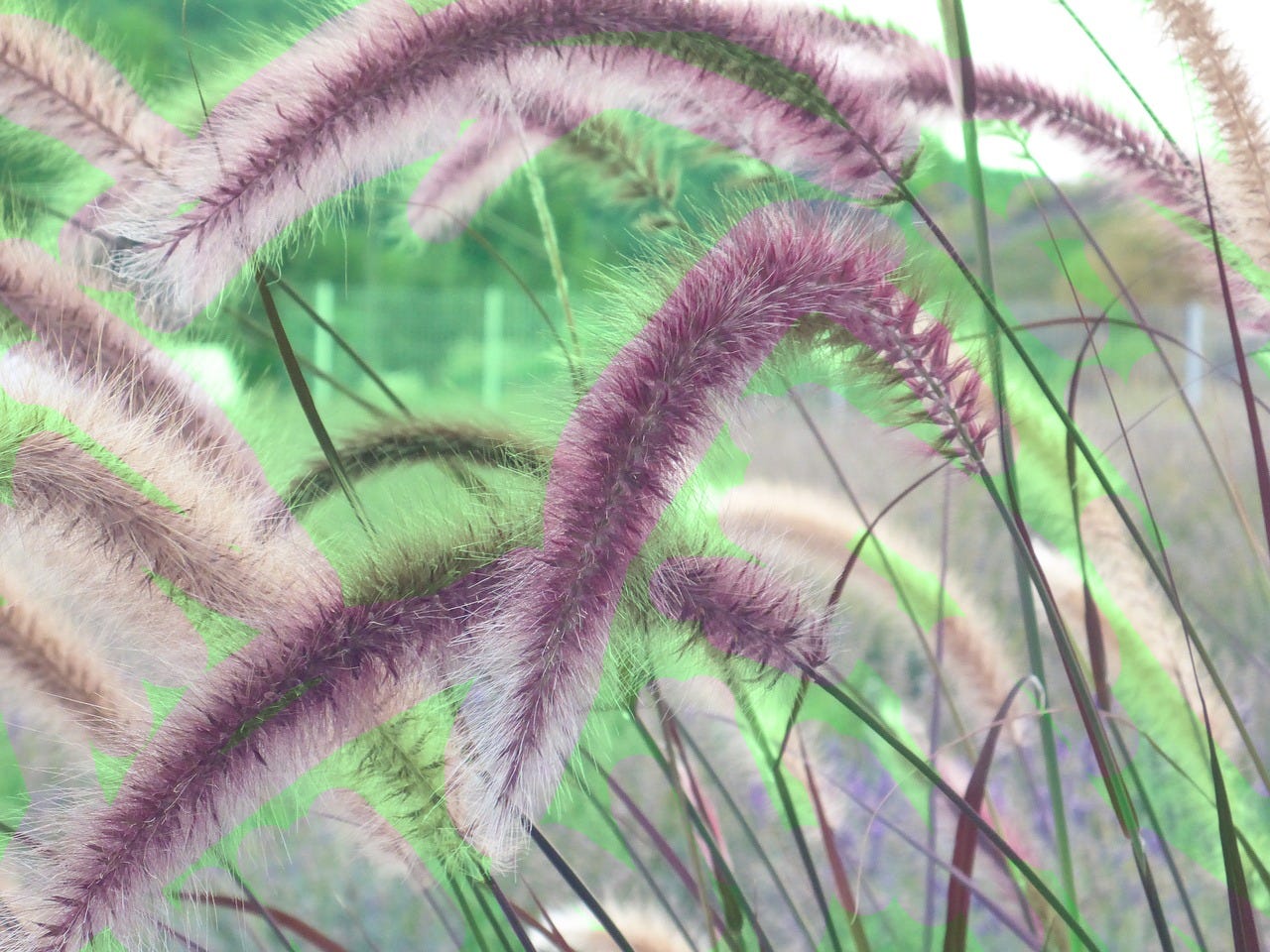
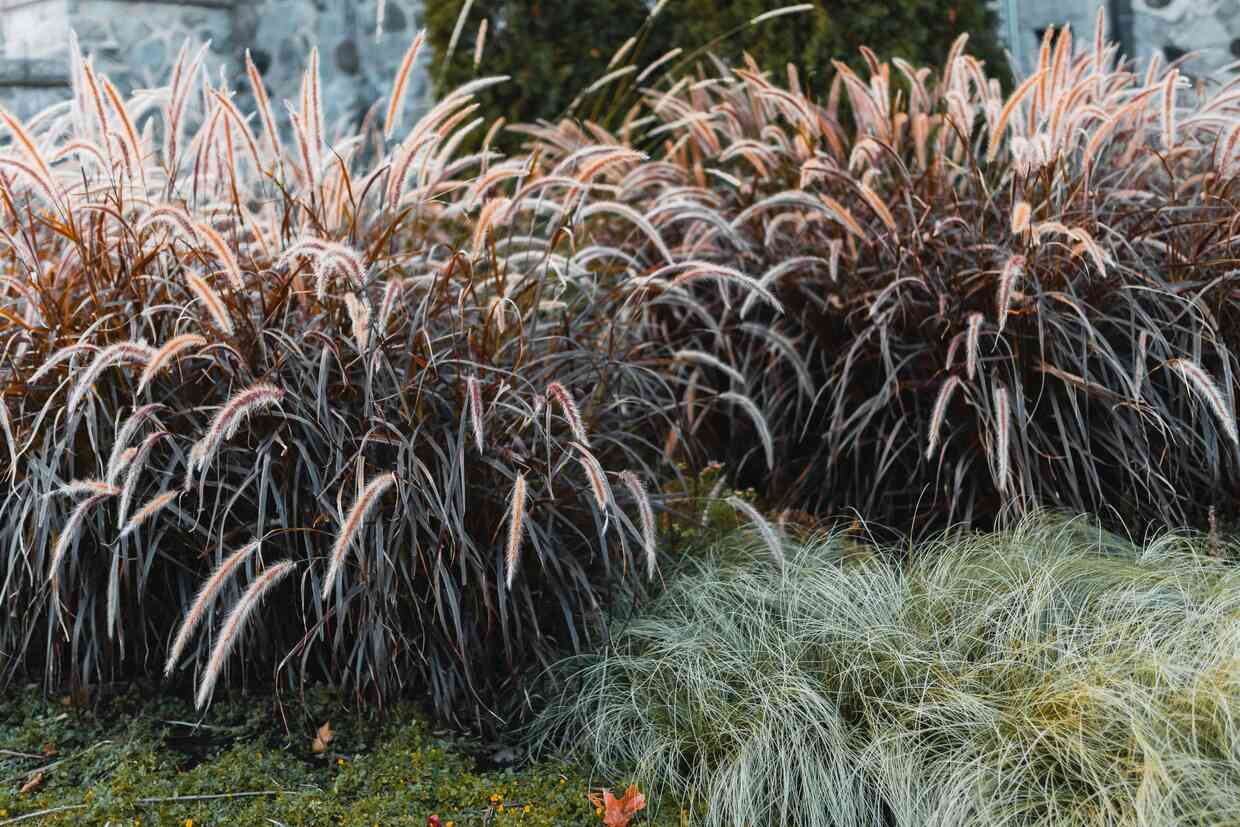
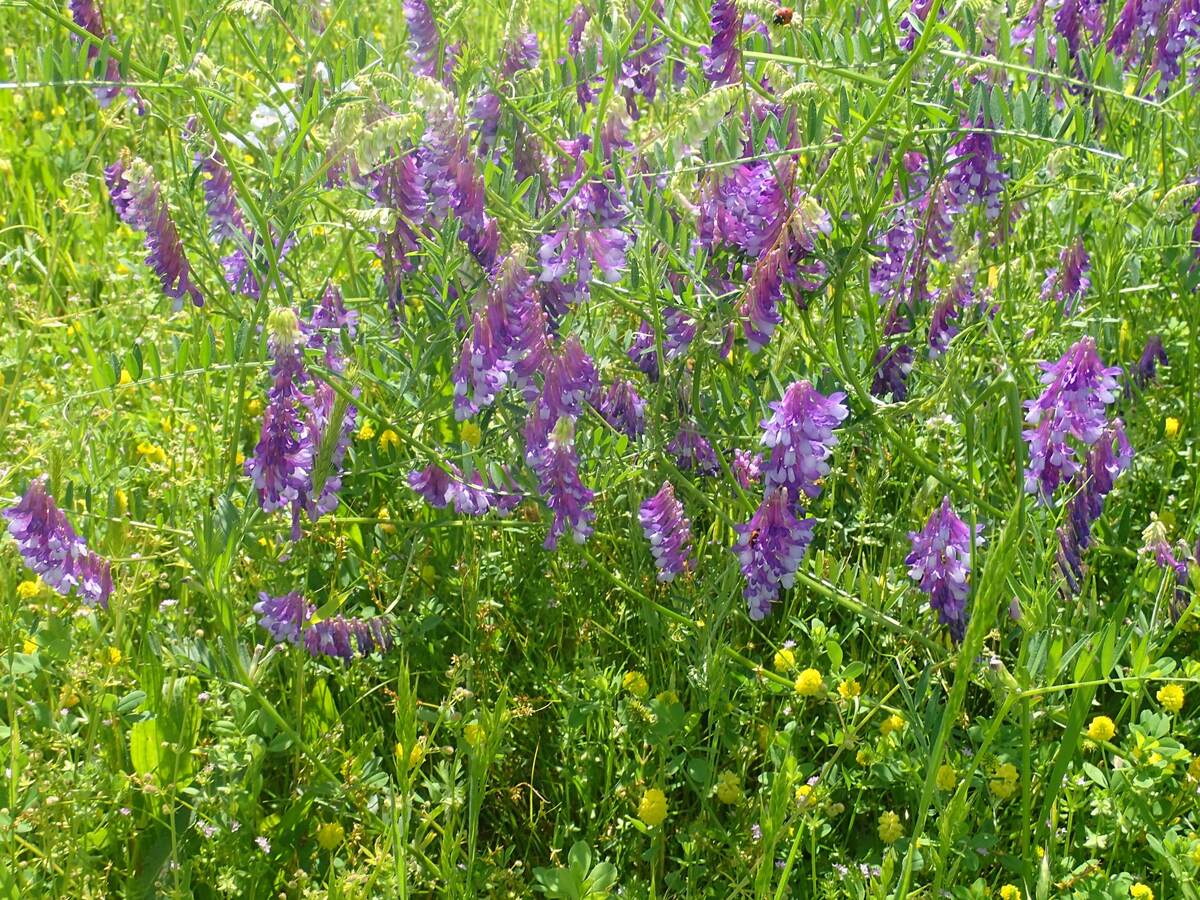
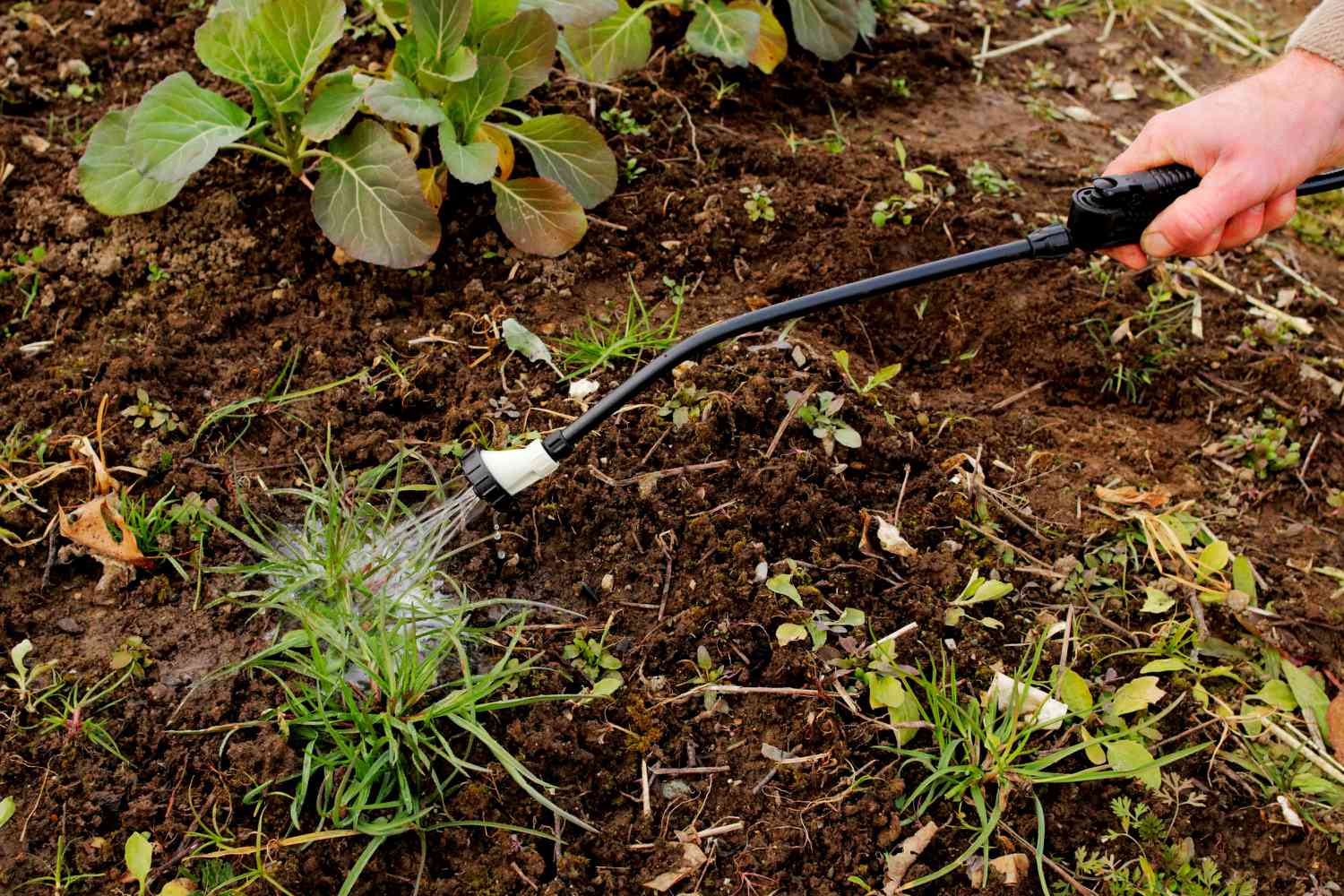
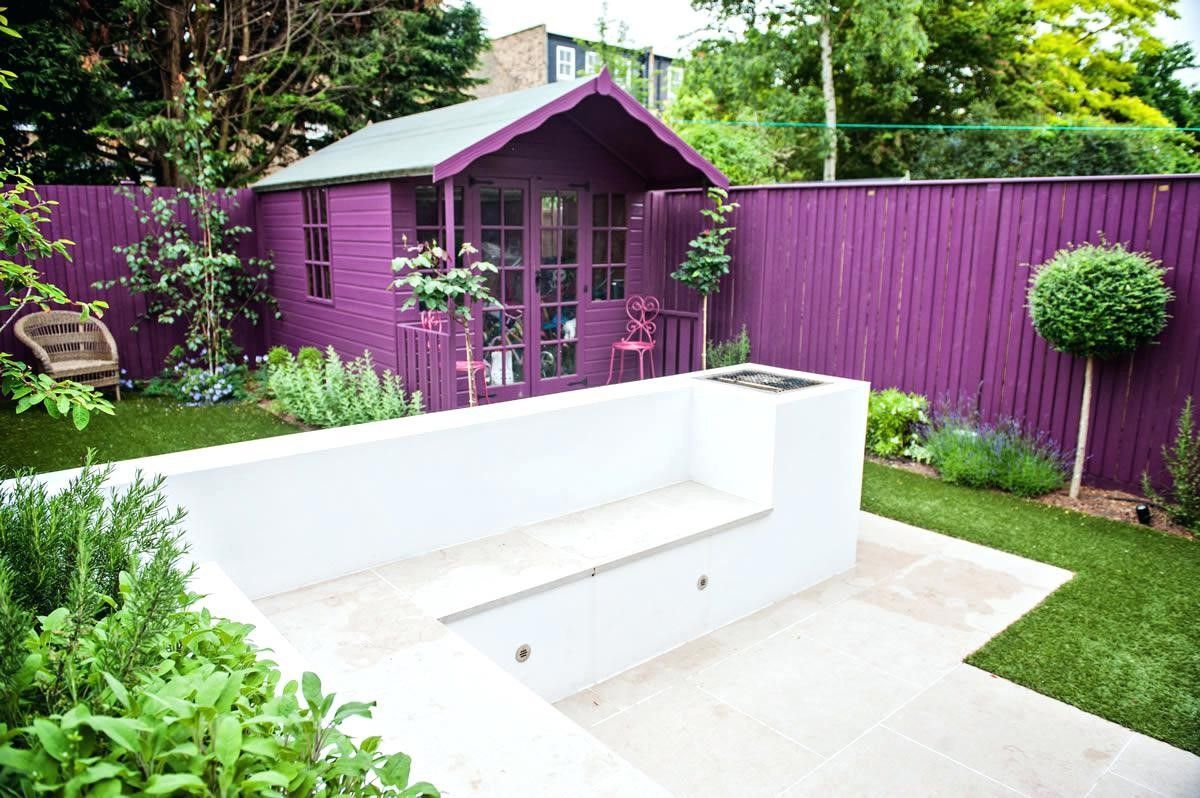

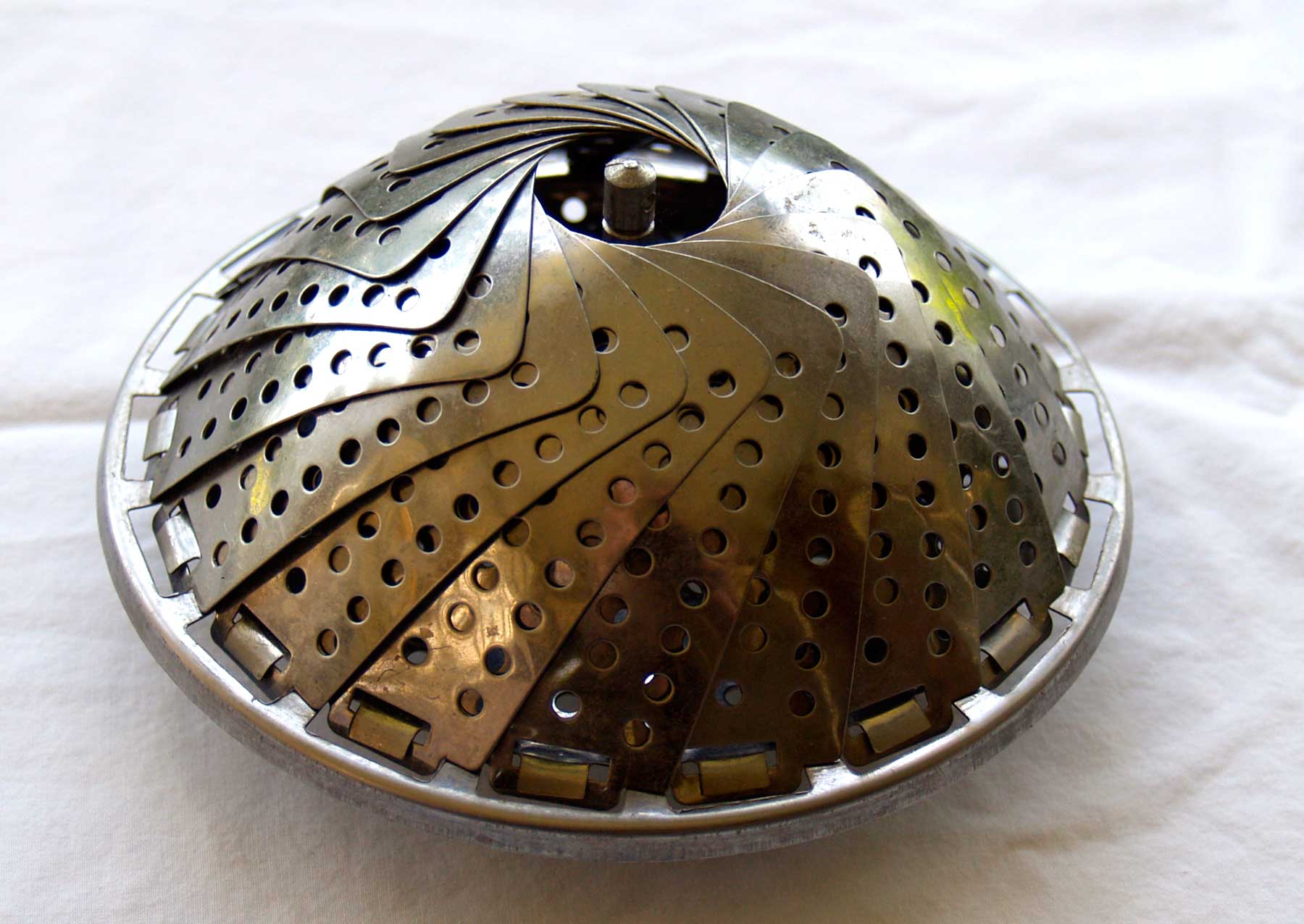

0 thoughts on “What Are Purple Flowers In Grass”